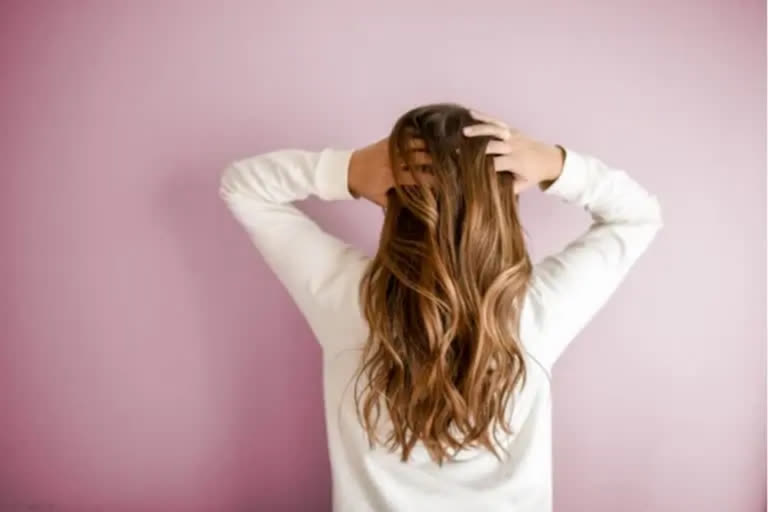New Delhi: The wintry cold winds can take a toll on the moisture level of our hair. Rob Smith, a Hair Care Scientist, shares a few hair health tips and tricks to build into daily routines as well as to protect precious locks from harsh winters.
- Condition with every wash: Conditioners are some of the best products you can use on your hair. They coat the hair and lubricate it, meaning a comb can more easily reduce static build-up and reduce flyaway. Conditioners do not repair hair, but they help to reduce the signs of damage in the future.
- Wide tooth combs: Using a wide tooth comb works well to reduce friction and mechanical damage when your hair is wet and much weaker.
- Brush down: A good brushing technique is to brush down, starting from the ends of your hair, to remove tangles. Starting from the root will only tighten the knots further.
- Milder shampoos: Greasy hair and scalp are caused by the build-up of the sebum produced by each hair follicle. Washing your hair often is not necessarily bad; reducing unpleasant residues such as sebum, loose skin cells, sweat, and environmental pollutants. If you wash your hair every day, try using a milder shampoo; Cocamidopropyl betaine (look on the ingredients list) can help, making a shampoo less irritating and milder. There is currently no clear scientific evidence that using a pre-shampoo is actually needed. If you use a milder or moisturizing shampoo your hair will remain in good condition without the extra step.
- Hairspray, mousses, and oils: Hairspray and mousses work like glue to help with style retention by holding the hairs together in your desired style. High-hold hairsprays change how your hair feels because the strands are held more tightly together, so your hair is less able to move around. Natural oils and silicones can be used on your hair to reduce water from getting in, keeping your style in place longer. Too much however can weigh down your hair and have the opposite effect
- Dry shampoo: Some dry shampoos can be used for styling as they give the same benefits of backcombing but without damage to the cuticle. It can help to create a beachy/voluminous look or mattify the hair. A texturising spray, or some dry shampoos, can leave a powdered residue in your hair.
- Mechanical damage: This is the most frequent form of hair damage. Examples of causes are brushing, towel drying, and running fingers through the hair. If towel drying, wrap hair in a towel and let it dry naturally to avoid further mechanical damage.
Also read: Eating mixed tree nuts helps reduce cardiovascular risk: Research
Tips for the colder seasons:
- Avoid leaving the house with wet hair: Hair is weaker when wet as the bonds that give it strength are disrupted by water. This makes it much easier to damage. If you use a good hair dryer, you can dry and style hair at the same time, helping you look the way you want and avoid leaving your hair in a weakened state for extended periods of time.
- Shampoo less, condition more: During the colder months your scalp can become drier and itchier. Shampooing can remove the natural oils that you produce that help keep your scalp moisturized, so using a milder shampoo or reducing the frequency of washing can help avoid this.
- Dry scalp: At colder times of the year the air tends to be drier. Consider using a humidifier at home, this can help retain higher levels of moisture on your scalp. Also, consider a good quality oil to apply to your scalp after shampooing to help keep it feeling moisturized.
- Static electricity: This can increase in the colder seasons as lower humidity means hair will hold less moisture. This can cause hair to be visibly frizzier and more unruly. Overdrying your hair can also result in increased frizz. To help control static and frizz, avoid using a plastic hairbrush, which can cause static build-up, and use a hair dryer with controlled airflow and an ionizer.
- Use a good quality conditioner: This helps reduce friction and wear, protecting your hair cuticles and reducing tangles and knots. (IANS)
(This story has not been edited by ETV Bharat and is auto-generated from a syndicated feed.)



